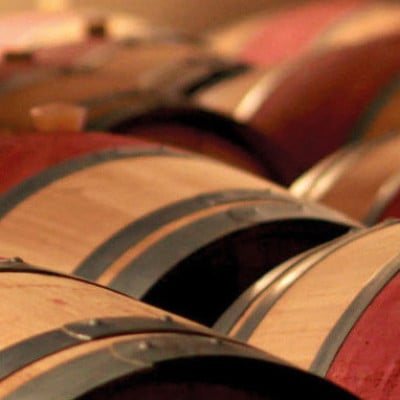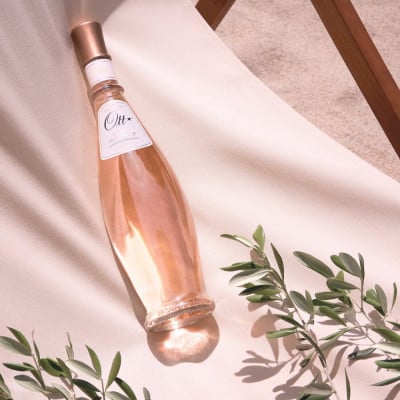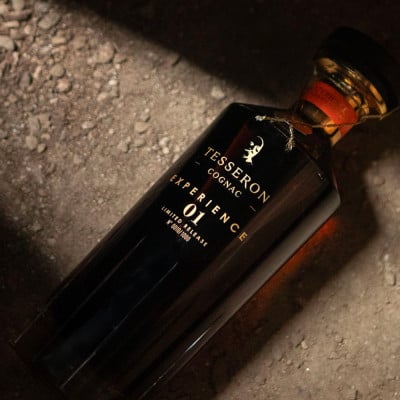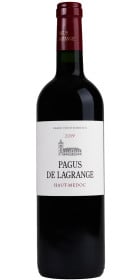
Wine and spirits masterpieces to your doorstep

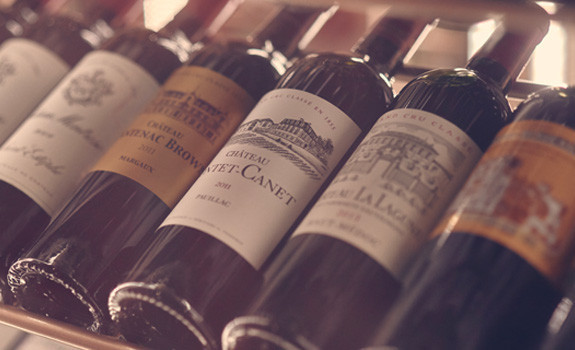
Bordeaux
Bordeaux is a name that evokes wine everywhere in the world. A vineyard known for its great Châteaux and its vintages, some of which have become world famous. Even if we have not yet had the chance to taste them all, some names have become familiar.
See more ...
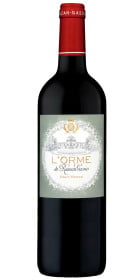
L'Orme de Rauzan-Gassies 2016
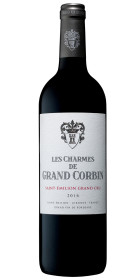
Les Charmes de Grand Corbin 2016
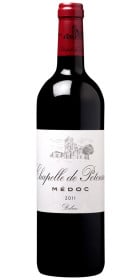
Chapelle de Potensac 2011
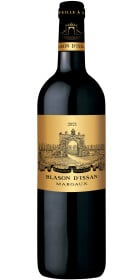
Blason d'Issan 2021
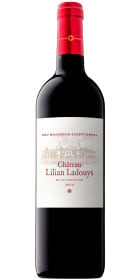
Château Lilian Ladouys 2019
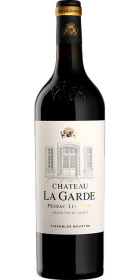
Château La Garde 2017
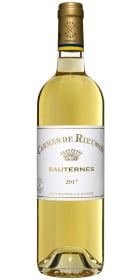
Carmes de Rieussec 2017
- Bottle 0.75L
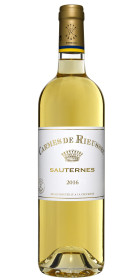
Carmes de Rieussec 2016
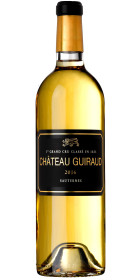
Château Guiraud 2016 Half-bottle
- Half-bottle 0.375L
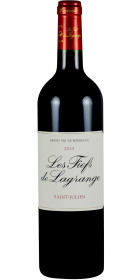
Les Fiefs de Lagrange 2013
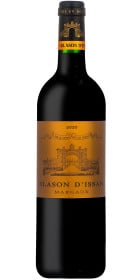
Blason d'Issan 2020
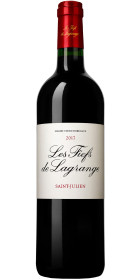
Les Fiefs de Lagrange 2017
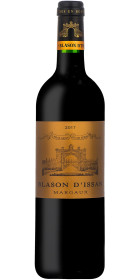
Blason d'Issan 2017
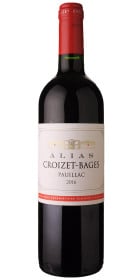
Alias Croizet-Bages 2016
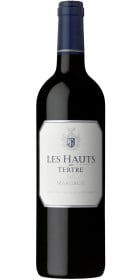
Les Hauts du Tertre 2021
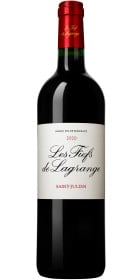
Les Fiefs de Lagrange 2020
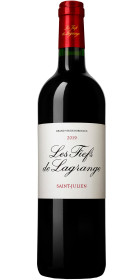
Les Fiefs de Lagrange 2019
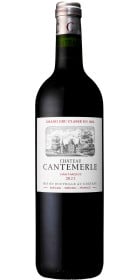
Château Cantemerle 2021
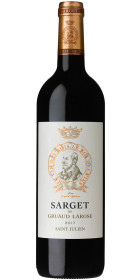
Sarget de Gruaud Larose 2017
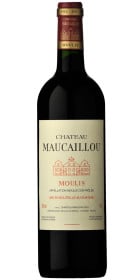
Château Maucaillou 2016
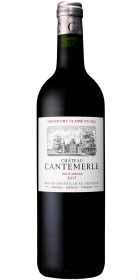
Château Cantemerle 2017
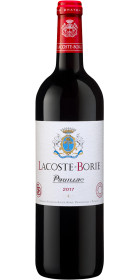
Lacoste-Borie 2017
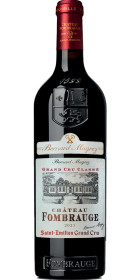
Château Fombrauge 2021
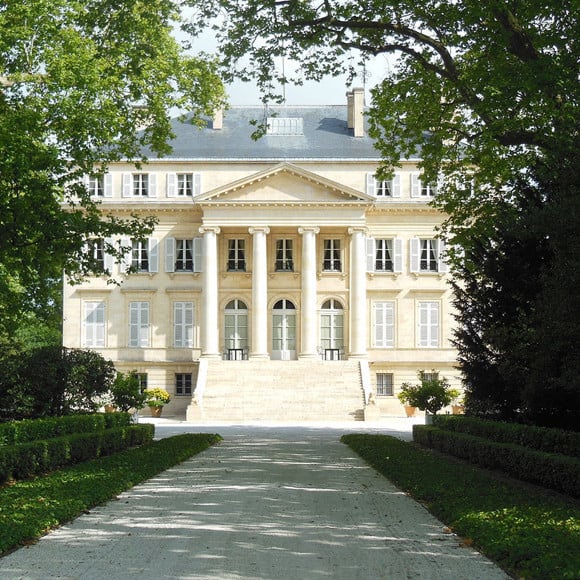
The great Bordeaux Appellations
Discover the vineyards of Bordeaux and the Grands Crus Classés
Bordeaux is a name that evokes wine everywhere in the world. A vineyard known for its great Châteaux and its vintages, some of which have become world famous. Even if we have not yet had the chance to taste them all, some names have become familiar.
Coming from prestigious Appellations of Origin such as Margaux, Pauillac, Sauternes, Pomerol, Pessac-Léognan or Saint-Emilion, the great wines of Bordeaux offer a tremendous richness as well as a personality of their own, whether they are red, white or sweet wines
Who hasn't heard of the famous 1855 classification, which lists the Châteaux among the most emblematic of the wine world, of the city of Saint-Emilion, whose vineyard is the first to be classified as a Unesco World Heritage Site, or of the Graves region?
Enter the Secret of the greatest wines of Bordeaux, whose centuries of existence have helped shape their image on the international wine scene.
As Paul Valery said: "A taster of Bordeaux who says of a wine that it makes the tail of peacock in the mouth is equal to more than one poet.
Bordeaux is the largest vineyard of controlled origin in the world, synonymous with exceptional vintages and Châteaux known by all wine lovers. It is above all a vineyard with a long history, reaching an area of nearly 120,000 hectares of vines for an average annual production of 5 million hectoliters. 60 appellations of controlled origin are counted, some of which are among the most prestigious in the wine world, including the famous Grands Crus Classés. These prestigious appellations are grouped into two main geographical areas:
- The Rive gauche of the Garonne with the city of Bordeaux, which includes the Medoc region in the north, the Graves region in the center and the Sauternes region in the south. The Medoc has five appellations regrouping the Grands Crus Classés of the famous 1855 classification: Haut-Médoc, Margaux, Saint-Julien, Pauillac and Saint-Estèphe. These are exclusively red wines and there are 61 of them, divided into five categories.
To the south, the appellations Sauternes and Barsac group together 21 other Grands Crus of the same classification, exclusively sweet white wines hierarchically divided into three categories.
As for the Graves region, we find the appellation Pessac-Léognan which has 14 Grands Crus Classés from the 1953 Graves classification. They are mostly red wines and white wines Secs.
- The Rive droite of Dordogne with the vineyards of Saint-Emilion and Pomerol located near the city of Libourne. The Saint-Emilion appellation Grand Cru has its own classification, initiated in 1955 and divided into three categories. It is revised every ten years and the last edition dates from September 2022, including a total of 85 Grands Crus Classés, all red wines. The appellation Pomerol does not have an official classification but its wines are no less famous.
Whether they are red, white or sweet, the great wines of Bordeaux offer a great diversity, being complex, refined and having a personality of their own. Discover our selection of Grands Crus Classés of Bordeaux.
How did the reputation of Bordeaux wines come about?
The vineyard of Bordeaux was born at the beginning of the Ist Century with the arrival of the Roman legions. Gradually, the wines will rise in reputation, to the point that the poet Ausone native of Bordeaux will quote them in his writings in the IVth century.
Thanks to the marriage of Eleanor of Aquitaine with the future king of England, Henry II, in the 12th century, the wines of Bordeaux will finally know a real development through commercial exchanges with the British Isles. These exchanges will of course be allowed with the presence of the Garonne river which allows the merchant ships to circulate between the port of Bordeaux and the Atlantic Ocean.
It is only in the XVIIth century that the first " Châteaux " will be built by the English, the Irish and the Dutch in particular, who will be interested in the vineyard of Bordeaux by acquiring lands to cultivate the vine.
The marketing of wine in glass bottles will only begin in the 18th century with the first exports. It is also at this time that the London society asserts a real craze for the great wines of Bordeaux. As a result, viticulture develops especially in the Médoc and the famous "Place de Bordeaux" plays a crucial role. It is constituted (as it is still the case today) by the merchants on the one hand, key actors for the diffusion of the wines in the world, and the brokers on the other hand, indispensable intermediaries between the Châteaux and the trading houses. Coupled with the new techniques of vinification and conservation of wines that are gradually appearing, all these assets contribute to make the vineyards of Bordeaux radiate throughout the world.
But it is in the XIXth century that Bordeaux will reach a real summit, in particular thanks to the establishment of the classification of 1855 ordered by Napoléon III for the universal exhibition of Paris. This classification lists a hierarchy between the Grands Crus Classés of the Rive gauche of the Garonne, with red wines all located in the Medoc except for Château Haut-Brion located in the Graves, and sweet white wines located in the vineyards of Sauternes and Barsac.
And although the Phylloxera crisis at the end of the nineteenth century will deeply affect the whole of the European vineyard, as well as the beginning of the twentieth until the end of the Sec second world conflict, the vineyard of Bordeaux will recover from the 1950s. The classifications of the wines of Graves and Saint-Emilion will thus make their appearance, respectively in 1953 and in 1955, contributing more to the radiation of the great wines of Bordeaux.
Then the creation of the Primeurs week of Bordeaux will be officialized after 1982, when Baron Philippe de Rothschild had the idea to have his wine of the vintage still in the process of maturing tasted in April. The idea seduced other owners of Grands Crus in the region, and then critics and the media got hold of the subject. Today, the week of the Primeurs, which is held every year in April, is a major event in the wine world. The sales known as "en Primeurs" are ensured by the trading houses between May and June, when the Châteaux have fixed their selling prices.
Today, the vineyard of Bordeaux is like a sun that continues to shine on the planet of wine, continually reinventing itself and giving itself the means to achieve its ambitions.
What are the different classifications for the great wines of Bordeaux?
Three wine classifications have been established at Bordeaux to list the greatest wines, the famous Grands Crus Classés.
The most emblematic of them is undoubtedly the 1855 classification, which includes 61 red wines for the Medoc and Graves, and 21 sweet wines for the region of Sauternes and Barsac :
The Grands Crus Classés in red are all located in the Médoc, except for Château Haut-Brion which is located in the Graves. They are classified in five categories: 5 First Growths, 14 Sec Second Growths, 14 Third Growths, 10 Fourth Growths and 18 Fifth Growths. It is set in stone, having undergone only one change, when the Château Mouton Rothschild was changed in 1973 from Second to Premier Grand Cru Classé.
The Grands Crus Classés of Sauternes and Barsac are divided into 1 Premier Cru Supérieur, the famous Château of Yquem, 11 Premiers Crus and 14 Seconds Crus.
In 1953 the classification of Graves wines was established, which was revised in 1959. Although at that time, the AOC Pessac-Léognan did not yet exist (it will be officially created in 1987), all the concerned Crus are located in its production area. There are 14 of them, some classified only as red, like Château Haut-Bailly, and others as red and white, like Domaine de Chevalier.
The third and no less prestigious classification is the Saint-Emilion classification, which is revised every 10 years and was published in 1955. It is divided into three categories: Premiers Grands Crus Classés A, Premiers Grands Crus Classés and Grands Crus Classés. The last edition (promulgated on September 8, 2022), consecrates from the eponymous vintage 85 properties:
- 2 Premiers Grands Crus Classés "A": Château Pavie (promoted since 2012) and Château Figeac (promoted since 2022)
- 12 Premiers Grands Crus Classés, including for example Château Canon and Château Larcis Ducasse
- 71 Grands Crus Classés, including Château La Dominique and Château Fombrauge
It should be noted that the Premier Grand Cru Classé category replaced the Premier Grand Cru Classé "B" category, which until then had been affixed to the bottles, in the penultimate edition in 2012.
The latest revision for the 2022 edition of the ranking will have been marked by several twists and turns. The premature exit of Château Ausone and Château Cheval Blanc from the ranking in January 2022, which were historically the spearheads of the ranking as Premier Grand Cru Classé A since its inception, caused a real stir. They were followed by Château Angelus (Promoted to Premier Grand Cru Classé "A" in 2012) and Château La Gaffelière (Premier Grand Cru Classé since 1955). A blow to the image of the ranking, certainly, but that will not have prevented its promulgation for its seventh edition.
What are the most iconic Bordeaux wines?
From Rive gauche or Rive droite, the great wines of Bordeaux have legendary icons in their ranks. These wines are known to all wine lovers, making their tasters' imaginations dream.
Among the wines of the Médoc, Château Margaux is the flagship, alongside its four colleagues who share the title of Premier Grand Cru Classé in 1855: Château Latour, Château Haut-Brion, Château Lafite Rothschild and Château Mouton Rothschild. Between them, they embody the culmination of great wines built to transcend time.
How can we not mention Yquem's Château, the only Château of Bordeaux to have obtained the title of Premier Cru Supérieur, whose reputation in terms of finesse, aromatic complexity and elegance is no longer to be proven.
The Château Cheval Blanc and Château Ausone have always been the two emblematic names of the Rive droite for the Saint-Emilion vineyard, being concentrated and of a refinement without equal. The Châteaux Angelus, Château Pavie and Château Figeac also embody the elite of their appellation, all of them are joyous for keeping.
In the neighboring appellation of Pomerol, Petrus is the myth among myths. The most famous of the Bordeaux vintages, made to measure, without exuberance, with a deep and seductive style.
Discover our selection of vintages Bordeaux Prestige.

